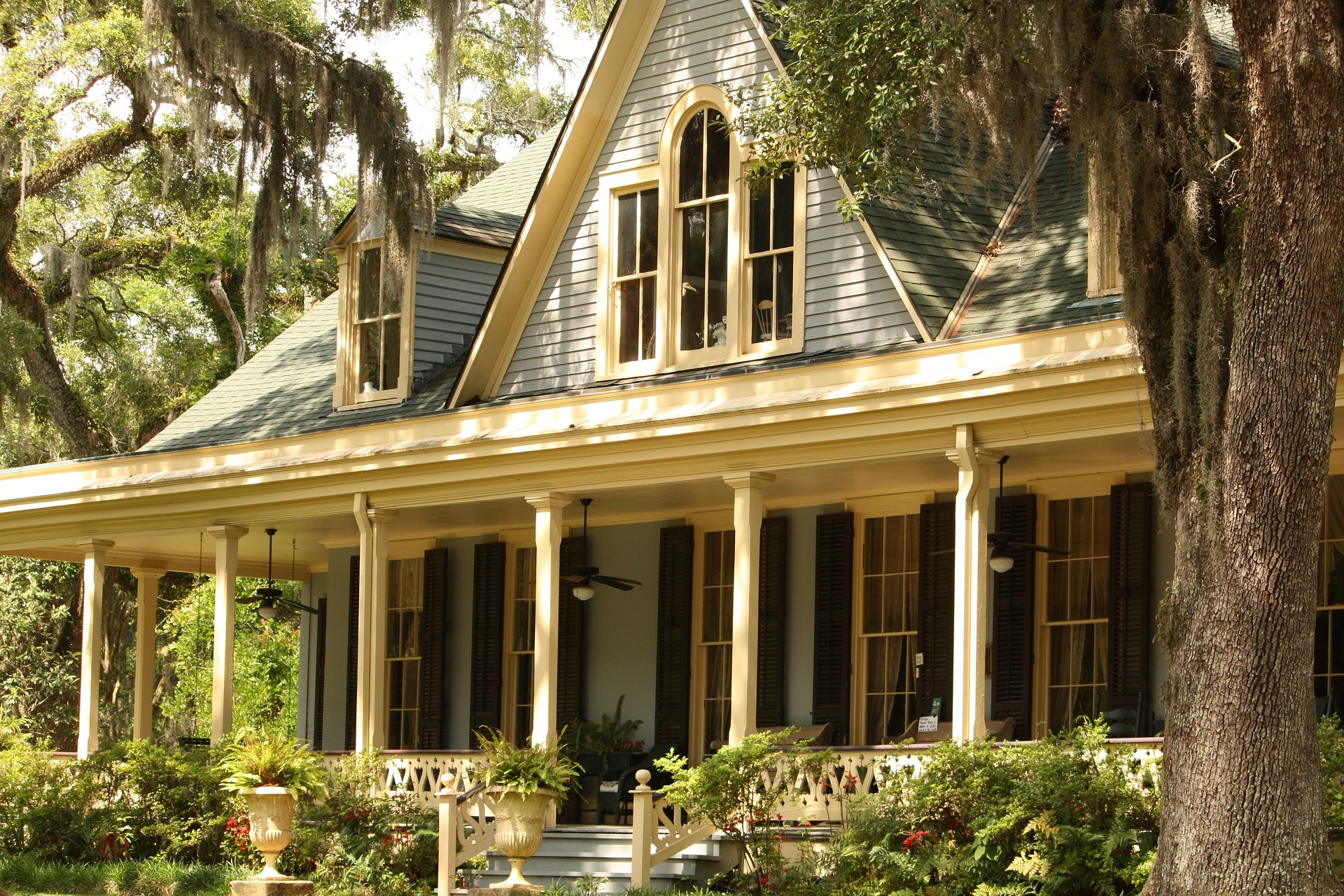Decoding the Influence of Interest Rates on Real Estate
As a potent economic lever, interest rates invariably impact the real estate landscape. Let's delve into how these fluctuations shape the market, influencing buyer behavior, investment strategies, and property values. Interest rates are a cornerstone of any economy, influencing borrowing costs across various sectors—including real estate. Historically, lower interest rates have spurred increased borrowing, resulting in a surge in property purchases. Conversely, higher rates typically dampen borrowing, slowing down the real estate market.

In the late 1970s and 1980s, for instance, skyrocketing interest rates led to a significant downturn in the U.S. housing market. Today, we see the opposite scenario: record-low interest rates are fueling a booming real estate market amidst a global pandemic.
Current Market Trends and Analysis
The current era of low interest rates has invigorated the real estate market. It has made borrowing cheaper, enabling more people to afford mortgages. This increased demand, coupled with limited housing supply, has driven up property prices, creating a seller’s market.
However, these trends can also present challenges. For one, the surge in property prices due to low interest rates can make homes unaffordable for many potential buyers. There is also the risk of a potential bubble if property values continue to rise at an unsustainable rate.
Pros, Cons, and Impact of Interest Rate Changes
Low interest rates can be a boon for buyers, sellers, and investors. For buyers, they reduce the cost of borrowing, making homeownership more accessible. Sellers can benefit from increased demand, which can drive up property prices and lead to quicker sales. For investors, low rates can make real estate investments more appealing compared to other low-yield investment options.
On the flip side, high interest rates can have the opposite effect. They can make borrowing more expensive, dampening buyer demand and slowing down the market. This can cause property prices to stagnate or even decrease, impacting both sellers and investors.
Research-Backed Insights
Research has consistently shown a strong inverse relationship between interest rates and property values. A study by the Federal Reserve Bank of San Francisco, for example, found that a one percentage point increase in interest rates corresponds with an approximate 4% drop in housing prices.
However, other factors can also influence property values, including economic conditions, population growth, and housing supply. Therefore, while interest rates are a critical component of the real estate market, they are not the only determinant of property values.
Making Complex Concepts Accessible
Understanding the relationship between interest rates and real estate is crucial for anyone involved in the property market. Buyers, sellers, and investors must consider interest rates when making decisions, as these rates can significantly impact property values, borrowing costs, and investment returns.
While the mechanics of interest rates can be complex, their role in the real estate market is straightforward: lower rates generally stimulate the market, while higher rates tend to cool it down. This insight, along with a deeper understanding of market trends and economic factors, can equip you to navigate the ever-changing real estate landscape with confidence.






